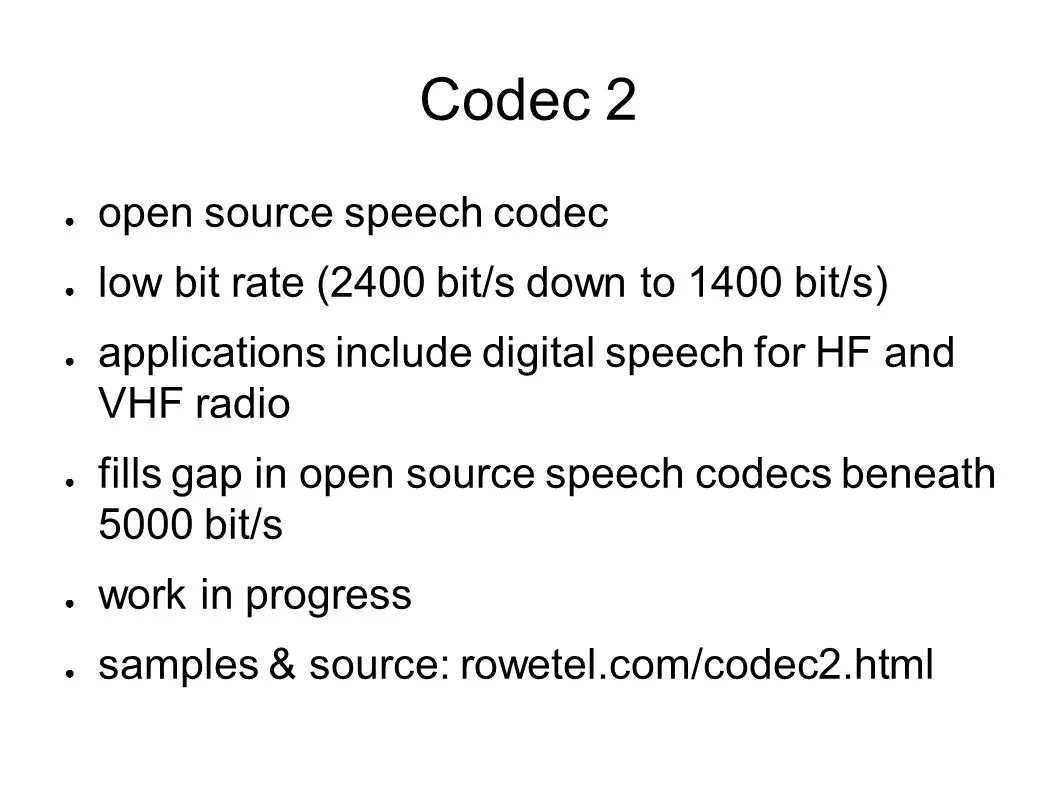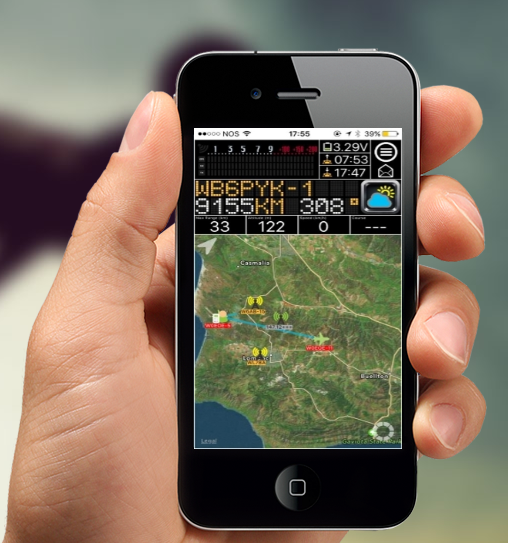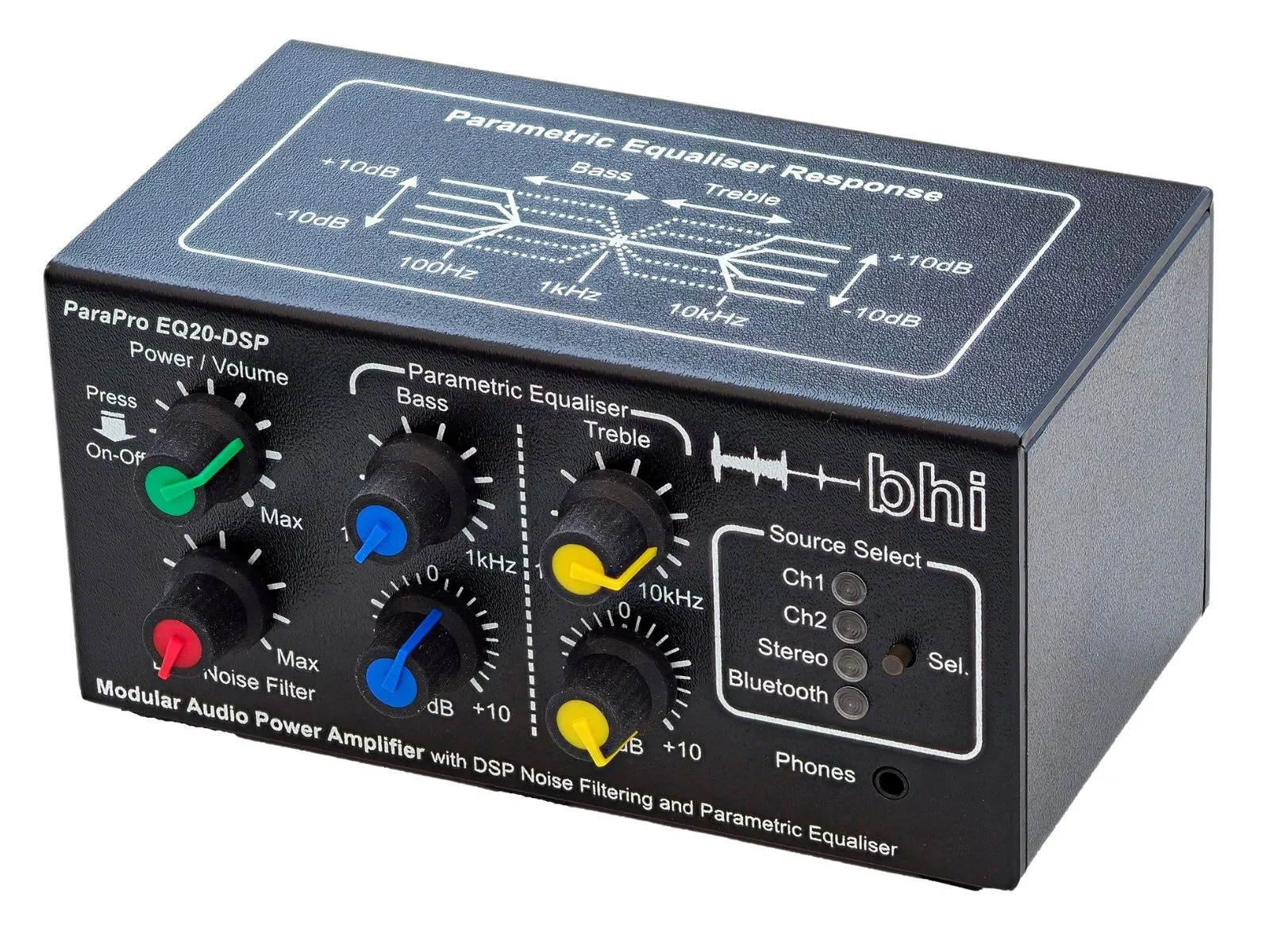Exploring Codec 2: The Open-Source Low-Bitrate Speech Codec for Digital Voice
In the world of digital voice communication, bandwidth efficiency is a critical factor. Whether it’s for amateur radio, voice over IP (VoIP), or other low-bandwidth applications, the need for clear and intelligible speech at minimal data rates is always a challenge. Enter Codec 2, an open-source speech codec designed specifically to operate at ultra-low bitrates while maintaining intelligibility.
What is Codec 2?
Codec 2 is a fully open-source speech codec developed by David Rowe, an expert in digital signal processing and speech compression. Unlike traditional codecs that often require licensing fees and proprietary software, Codec 2 is free and accessible to everyone, making it an attractive solution for radio amateurs, experimenters, and developers in the digital voice domain.
Why Codec 2?
The main advantage of Codec 2 is its ability to compress speech into extremely low bitrates while preserving clarity. Traditional codecs like AMBE and MELPe are widely used in commercial and government applications, but they come with proprietary restrictions. Codec 2, on the other hand, offers similar performance without the licensing constraints.
Key Features of Codec 2
- Low Bitrates – Codec 2 operates at bitrates as low as 700 bps (bits per second), making it ideal for bandwidth-limited environments like HF and VHF radio.
- Open-Source – Completely free and modifiable, making it accessible for anyone who wants to experiment or integrate it into their projects.
- Digital Voice for Amateur Radio – Widely used in digital voice applications, including FreeDV, an open-source digital voice mode for HF radio.
- Cross-Platform Support – Works on Linux, Windows, and embedded systems.
- Active Development – The project is continuously evolving, with contributions from developers worldwide.
Applications of Codec 2
Codec 2 is commonly used in:
- Amateur Radio (Ham Radio): Enables digital voice communication over HF and VHF with low bandwidth requirements.
- VoIP & Telephony: Reducing bandwidth while maintaining intelligible voice in constrained network environments.
- Embedded Systems: Suitable for low-power devices and IoT applications requiring voice communication.
- Military & Emergency Communications: Offers a non-proprietary alternative for secure, low-bandwidth voice transmission.
Getting Started with Codec 2
If you’re interested in trying out Codec 2, you can start by downloading the source code from the official repository and compiling it on your system. You can also use FreeDV, a digital voice application that leverages Codec 2 for real-time communication over HF radio.
Final Thoughts
Codec 2 represents a major step forward in open-source digital voice communication. With its ultra-low bitrate and excellent intelligibility, it’s a powerful tool for ham radio operators, developers, and anyone interested in efficient voice transmission.
As digital voice technology continues to evolve, Codec 2 remains a strong contender for those who value open standards and accessibility. Whether you’re looking to experiment, develop new applications, or simply learn more about speech coding, Codec 2 is a fascinating technology worth exploring.
Have you tried Codec 2? Visit https://github.com/drowe67/codec2







Post Comment